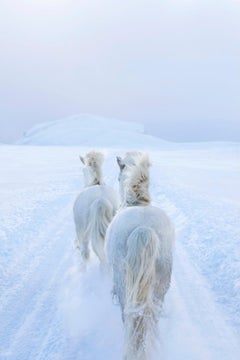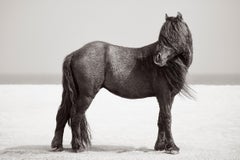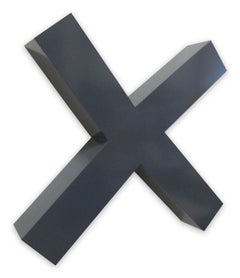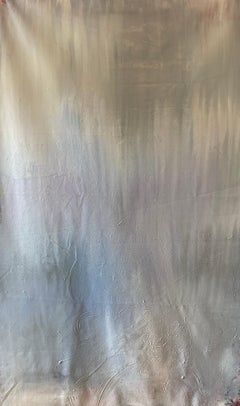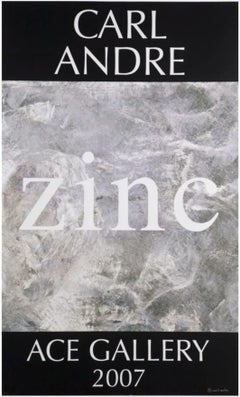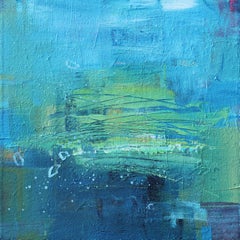Minimalist Art
2010s Minimalist Art
Archival Pigment
2010s Minimalist Art
Archival Pigment
2010s Minimalist Art
Lacquer
21st Century and Contemporary Minimalist Art
Acrylic
Early 2000s Minimalist Art
Offset, Lithograph
2010s Minimalist Art
Acrylic
2010s Minimalist Art
Porcelain, Paint
2010s Minimalist Art
Archival Pigment
21st Century and Contemporary Minimalist Art
Archival Pigment
2010s Minimalist Art
Archival Pigment
1990s Minimalist Art
Lithograph, Offset
2010s Minimalist Art
Crayon, Ink, Wax, Acrylic, Graphite
Early 2000s Minimalist Art
Linen, Oil
21st Century and Contemporary Minimalist Art
Paper, Acrylic
1990s Minimalist Art
Lithograph, Offset
1970s Minimalist Art
Postcard
1970s Minimalist Art
Screen
2010s Minimalist Art
Crayon, Ink, Wax, Acrylic, Graphite
2010s Minimalist Art
Crayon, Ink, Wax, Acrylic, Graphite
2010s Minimalist Art
Crayon, Ink, Wax, Acrylic, Graphite
2010s Minimalist Art
Crayon, Ink, Wax, Acrylic, Graphite
2010s Minimalist Art
Photographic Paper
2010s Minimalist Art
Archival Pigment
2010s Minimalist Art
Archival Pigment
2010s Minimalist Art
Archival Pigment
2010s Minimalist Art
Photographic Paper
2010s Minimalist Art
Oil
2010s Minimalist Art
Mixed Media
2010s Minimalist Art
Archival Pigment
2010s Minimalist Art
Archival Pigment
2010s Minimalist Art
Paper, Acrylic
2010s Minimalist Art
Archival Pigment
2010s Minimalist Art
Archival Pigment
Early 2000s Minimalist Art
Lithograph, Offset
2010s Minimalist Art
Archival Pigment
1960s Minimalist Art
Etching
1990s Minimalist Art
Mixed Media, Handmade Paper
1980s Minimalist Art
Oil
2010s Minimalist Art
Archival Pigment
2010s Minimalist Art
Archival Pigment
2010s Minimalist Art
Acrylic
21st Century and Contemporary Minimalist Art
Enamel
2010s Minimalist Art
Archival Pigment
21st Century and Contemporary Minimalist Art
Canvas, Wood, Oil, Handmade Paper
2010s Minimalist Art
Archival Pigment
21st Century and Contemporary Minimalist Art
Giclée
2010s Minimalist Art
Archival Pigment
2010s Minimalist Art
Archival Pigment
2010s Minimalist Art
Archival Pigment
2010s Minimalist Art
Archival Pigment
2010s Minimalist Art
Archival Pigment
21st Century and Contemporary Minimalist Art
Mixed Media, Acrylic, Wood Panel
2010s Minimalist Art
Archival Pigment
2010s Minimalist Art
Archival Pigment
2010s Minimalist Art
Archival Pigment
2010s Minimalist Art
Acrylic, Wood Panel
21st Century and Contemporary Minimalist Art
Canvas, Acrylic
1970s Minimalist Art
Printer's Ink
2010s Minimalist Art
Archival Pigment
21st Century and Contemporary Minimalist Art
Metal
